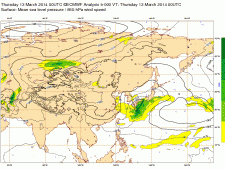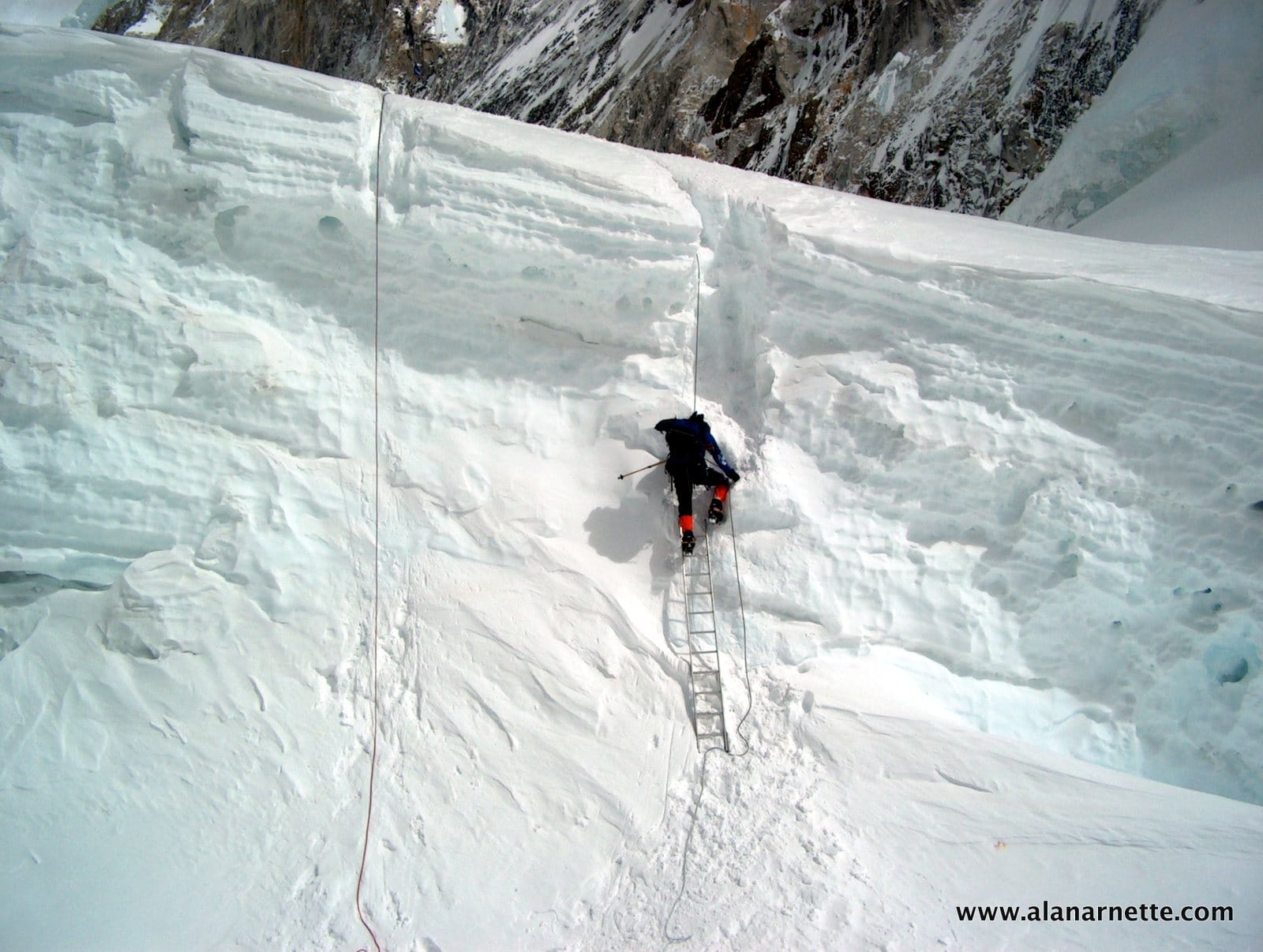 As regular followers of Everest climbs know, the weather is the make/break factor for all expeditions. And the forecasts are critical for the safety of teams. While it may seem straightforward given the success rate we see in modern times, predicting the weather is far from a science as this interview with Michael Fagin shows.
As regular followers of Everest climbs know, the weather is the make/break factor for all expeditions. And the forecasts are critical for the safety of teams. While it may seem straightforward given the success rate we see in modern times, predicting the weather is far from a science as this interview with Michael Fagin shows.
Michael provides weather services to many Everest expeditions as well as for other adventures around the globe from his company everestweather.com
Everest teams invest a lot of money to receive expert forecast throughout the expedition. Many leaders are now weather experts in reading forecast maps and interpreting the data. However, it is the weather professionals who monitor the data from all around the world to feed these leaders the information possible. In the end, each team makes their own decision based on data, observations and their own experience and instincts.
After all, a wrong decision can put lives at risks. Weather services is a major factor is selecting your team on an Everest climb.
The 1996 disaster on Everest was mostly blamed on a surprise storm that moved up the mountain. I asked Michael about that a couple of years ago and he told us that although this storm was a surprise to the climbers that did not have access to forecast, a trained weather forecaster would have seen (from forecast maps) a big storm coming in several days prior to this tragedy.
Q: The famous 1996 Everest storm that claimed 12 lives is said to have come up from the lower valley and rose onto Everest. Was there anyway to forecast that event?
A: Several years ago I did look at some archived forecast maps for the day of the day storm on May 10, 1996, and forecast maps for several days before the storm. This was a typical strong storm pattern that can occur at Everest. There was a deep upper low pressure that was moving in from the north and west and this brought moderate precipitation and strong winds. Estimated winds of over 100 knots. If I’m not mistaken after this tragedy that the Imax team, who was at a lower camp, decided to hire the first weather forecast for Everest and I believe they used a European firm for the forecast
Q: What has the 2015/2016 winter been like near Everest?
A: Well not a lot of data at Everest but there is some data in the general area. One thing to keep in mind that from the months of December through March the region generally gets 24% total of its precipitation, thus most of it during the monsoon season (summer months). So far this winter most areas in the region have received much below normal precipitation .
Q: We know that typhoons that develop in the Indian Ocean impact Everest significantly. What does the long term forecast suggest for April and May this year?
A: Hard to get much of a handle on this but it is important to have a perspective on this. In terms of number of storms and depressions that form in the Bay of Bengal in April is only 1% of the total and May 11% of these storms form over these months. The greater frequency is in October 19% and November 25%. So normally there is a greater chance of getting a major storm in fall compared to the spring. Also normally the strongest storms form in the fall and when there is a La Nina (below normal sea surface temperatures in the equatorial region off the South America Coast). Right now we are in an El Nino (above normal temperature)
Q: You have been forecasting mountain weather for years now, how much is science versus gut feel?
A: I have been forecasting there since 2003 and I think the science and the forecast models have gotten much better especially in terms of when the jet stream moves in and out of the region. However the same cannot be said of the forecast models and prediction of precipitation. Models struggle not only for the Mt. Everest region but really on a worldwide basis in forecasting precipitation when it is convective in nature. Much of the times this is the type of precipitation (convection) we have in Mt. Everest.
So my forecast is still 90% on science and I have say 10% of the time I need to question the forecast models as they tend to overstate the precipitation much of time the. So I do say “not a gut” feel but bringing my experience into the forecast. Also, if there is a storm that moves out of the Bay of Bengal it is typical of the models to understate the predication
Q: Can you compare the weather on the Tibet side versus the Nepal side for us?
I do not have much weather data on the Tibet side and all of this information is from data I have received from climbers. The higher camps (I believe camp 2 and 3) are exposed to stronger winds especially from the northwest. My understanding from climbers is many of the camps at on the Nepal side are somewhat more sheltered from the wind mainly if you at elevations below the Lhotse Wall. Also seems that the Nepal side has more snowfall
Thanks Michael. I know we are all hoping for great weather this season.
Climb On!
Alan
Memories are Everything


